Manufacture Robert Four fosters excellence in art, permeating the entire tapestry sector, ranging from designers, cartoonists, dyers, weavers to seamstresses, all of whom are well versed in the same high standards of quality. Manufacture Robert Four can pride itself on the fact that it has created a unique style, as is clearly demonstrated in its interpretation of artistic works specific to each project undertaken. Thanks to this distinctive style, it has been possible to enable major woven works of art to be part of the history of decorative arts and modern art in general.
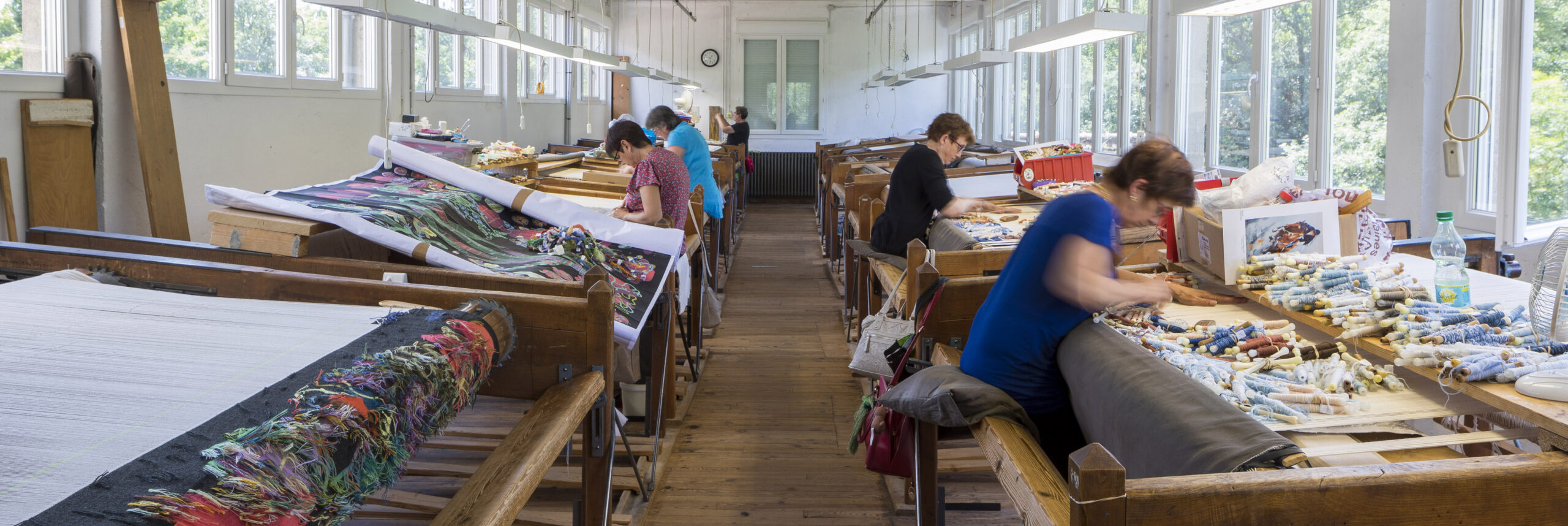
Manufacture Robert Four is located in Aubusson, on the Creuse River in the center of France. The certifications ‘Tapis (carpet) d’Aubusson’ and ‘Tapisserie (tapestry) d’Aubusson’, granted by Certipaq (authorized by the French Ministry for Agriculture), can only be awarded to factories and workshops in the Creuse département. Four of our products have been awarded this certification: Aubusson tapestries, low-pile carpets, hooked carpets and hand tufted or hand-stitched carpets.
Thirty years ago, Manufacture Robert Four set up workshops in Ezzahra (Tunisia), another historic birthplace of skilled craftsmanship in carpets and tapestry, in order to broaden its range of new projects while maintaining and perpetuating the Manufacture Robert Four style.
In 2022, the company took over Ateliers Néolice, in Felletin, six miles from Aubusson, which perfected the technique of digital weaving using Jacquard looms. Néolice has managed to preserve the skilled nature of its tailor-made creations while making them look as if they are handmade, thereby achieving a feat which is beyond the possibilities of industrial-scale weaving plants.
Manufacture Robert Four provides certificates of authenticity for works of art produced in each of its Atelier which mention the place and production technique used, as well as the artist (or rightful owner) who is the author of the creation.
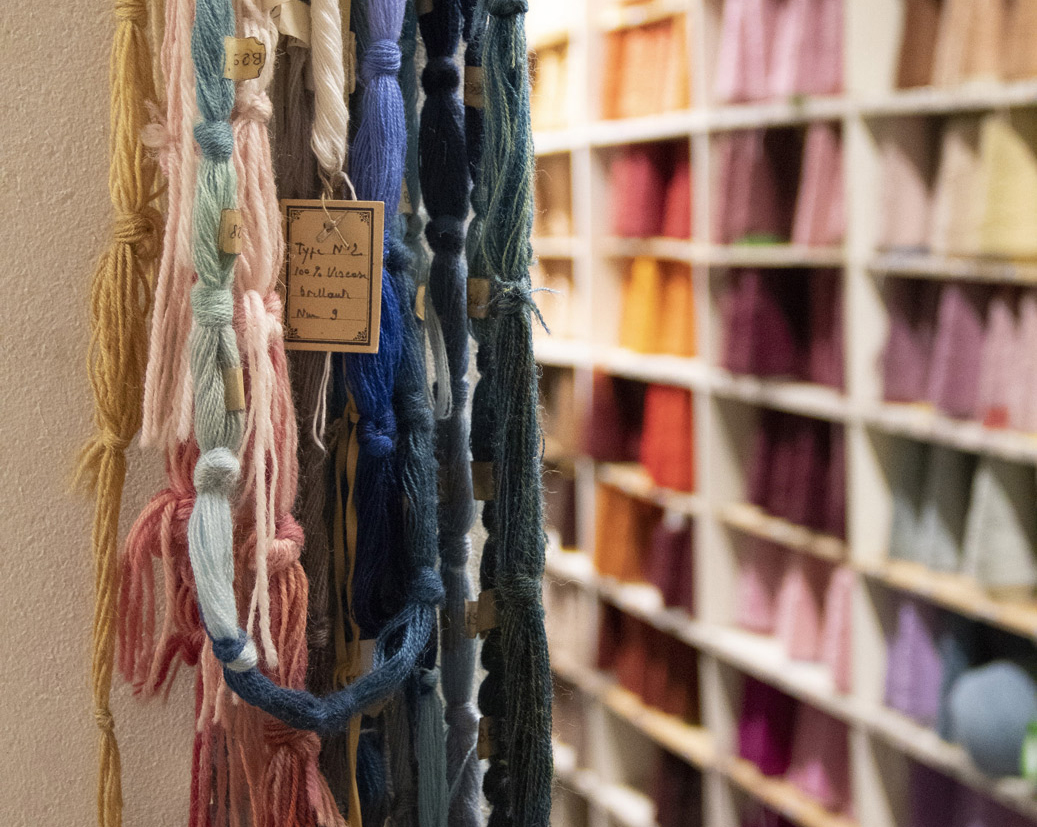
The “Bespoke Projects” team, located at Aux Verdures, the Appartement and Creative Studio of its Artistic Director, guarantees the relationship between the clients and our ateliers of production.
Thanks to our expertises, since the creation to the technical and logistical aspects, we take great care of each client to convert its project into a product of exception.
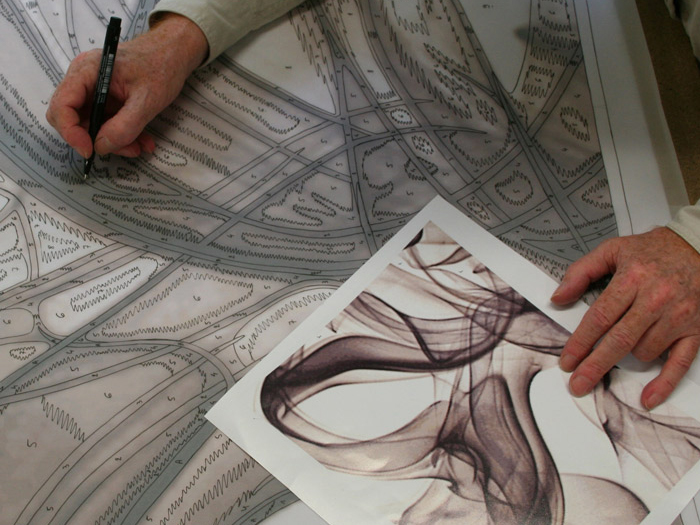
Our design studio helps the artist to write the cartoon and choose the colors. The cartoon is the weaving interpretation of the model adjusted to the scale of the tapestry. It serves as a bridge between the work of the artist and that of the craftsman. It consists of a black line-drawing on a white background. The line demarcates the shape and the surface of each zone which in turn is indicated with a number corresponding to a specific wool color which the weaver then uses to fill that numbered area. The cartoonist assigns a number to each color of wool yarn. The yarns are then grouped in small skeins and knotted together to form a rosary (chapelet, a swatch of yarns of shades of the same color). The cartoon is then slid under the yarns of the loom and guides the craftsman in the weaving process.

Unlike industrial dyeing processes, the craftsman dyer creates his own colors by eye, progressively adding powdered pigments of the three primary colors in small doses. From these three pigments, the potential range of colors and shades available is almost infinite.
Manufacture Robert Four is the only company in Aubusson which has its own dyeing house.
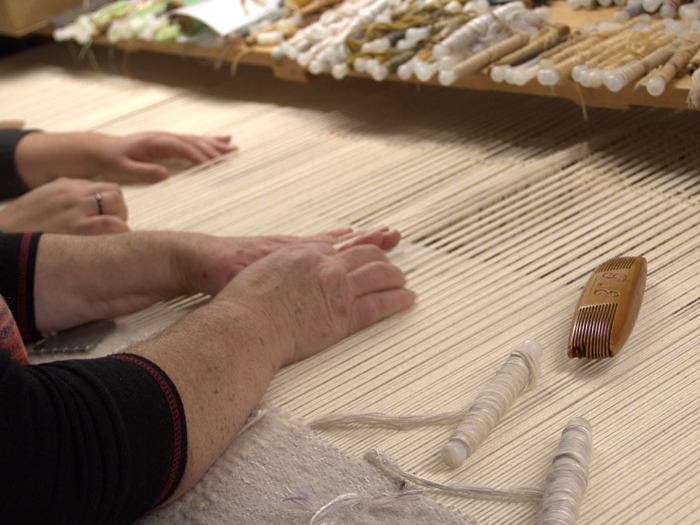
The weaver’s job is to bring the artist’s work to life. Jean Cocteau referred to the weaver as a harpist, juggling with two art forms in an attempt to produce a work of art where matter, warmth, contrast, texture and variation play on the spectator’s imagination and emotions.
Manufacture Robert Four pieces are woven entirely by hand using the traditional low-warp or high-warp looms. The variety of techniques and the personal touch that each weaver brings to each piece of work make it a unique creation.

With a history spanning six centuries, Aubusson carpets and tapestries are hand-woven and low-pile using a horizontal low-warp loom.
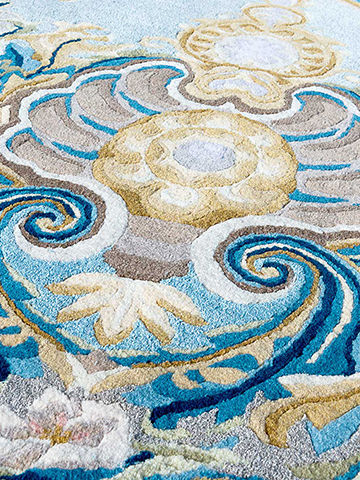
Savonnerie carpets are made using a vertical high-warp loom. Thanks to this technique, the carpet has an extremely tight pile.
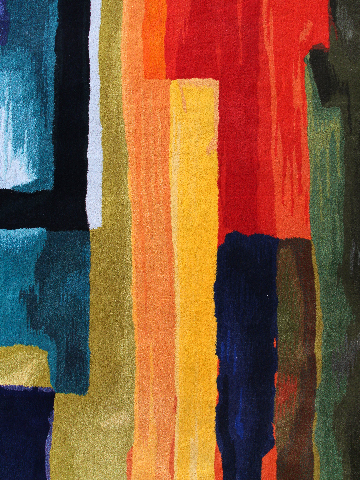
Hand-tufting is a more recent technique and these carpets are made using hand-stitching on canvas.

This mechanical weaving technique is used by Néolice. The cartoon is set up using a digital design and the end result is similar to the Aubusson flat stitch.
Studio galerie Robert Four
Manufacture Robert Four